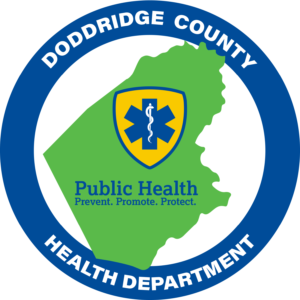Doddridge County Health Department
60 Pennsylvania Street
West Union WV 26456-8143
304-873-1531 (phone) or 304-873-2994 (fax)
For Immediate Release
June 7, 2023
Doddridge County Health Department Urges Residents to Take Steps to Prevent Tickborne Diseases as Summer Months Approach
Doddridge County Health Department urges residents to take preventive measures against tickborne diseases such as Lyme disease. Tickborne diseases are spread through the bite of an infected tick, infecting humans and pets. As of 2017, West Virginia was designated a high incidence Lyme disease state.
According to the West Virginia Department of Health and Human Resources, Bureau for Public Health, Office of Epidemiology and Prevention Services, Lyme disease is the most common tickborne disease reported in West Virginia. Historically limited to the Eastern Panhandle, Lyme disease has progressively become more common in northern, eastern, and central West Virginia.
“As the weather becomes warmer, I urge West Virginia residents to take precautions outdoors in areas where ticks are most commonly found,” said Dr. Matthew Christiansen, Commission for DHHR’s Bureau for Public Health and State Health Officer. “Remember to check yourself, pets, gear and clothing for ticks after spending time outside.”
Anaplasmosis, ehrlichiosis, and Rocky Mountain Spotted Fever have also been reported in West Virginia. Tickborne infections can cause a variety of symptoms including fever, headache, chills, myalgia, and rash. Most infections occur from late spring through early fall when ticks are most active.
The Centers for Disease Control and Prevention provides the following tips when coming indoors: check your clothing for ticks, examine gear and pets, shower soon after being outdoors, and check your body for ticks.
When seeking medical assistance, it’s important to save any ticks that may have been involved with a bite which may help medical staff identify the tick. Medical treatments are effective in treating tickborne diseases and can prevent severe complications when given early in the course of infection.
For more information, visit https://oeps.wv.gov/arboviral/Pages/tbd.aspx.












